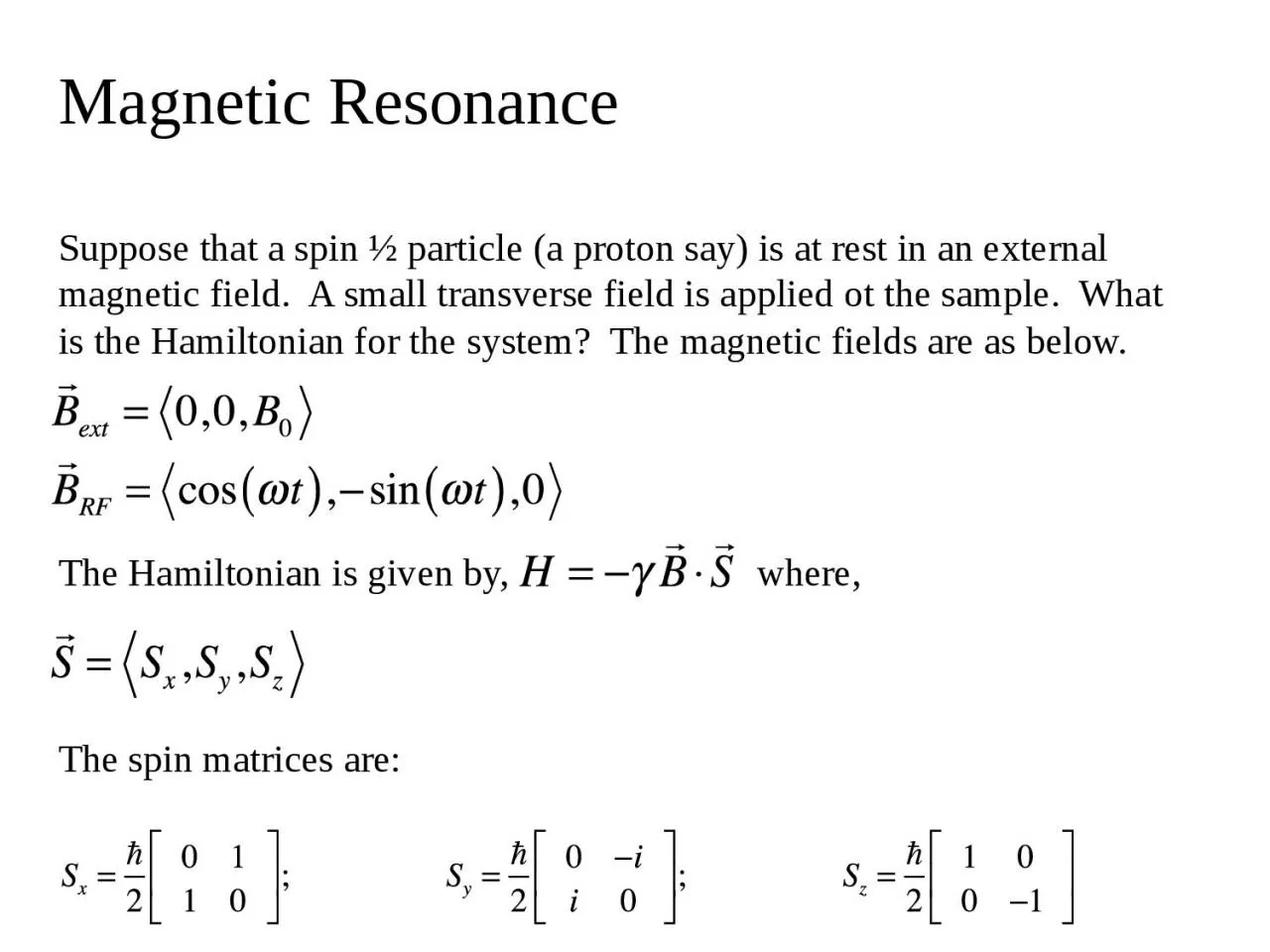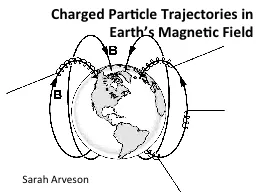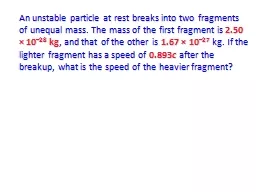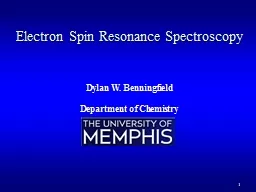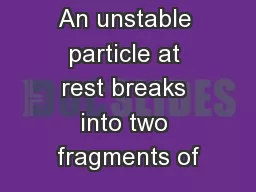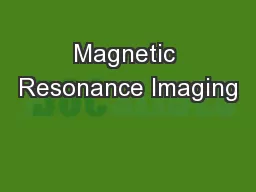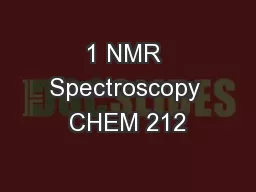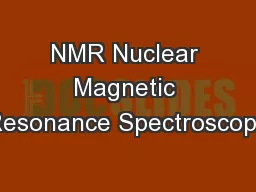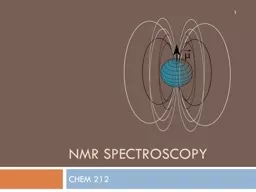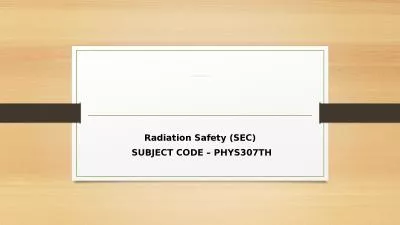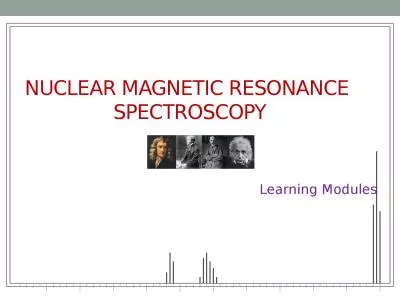PPT-Magnetic Resonance Suppose that a spin ½ particle (a proton say) is at rest in an external
Author : jacey | Published Date : 2023-12-30
ot the sample What is the Hamiltonian for the system The magnetic fields are as below The Hamiltonian is given by where The spin matrices are Magnetic Resonance
Presentation Embed Code
Download Presentation
Download Presentation The PPT/PDF document "Magnetic Resonance Suppose that a spin �..." is the property of its rightful owner. Permission is granted to download and print the materials on this website for personal, non-commercial use only, and to display it on your personal computer provided you do not modify the materials and that you retain all copyright notices contained in the materials. By downloading content from our website, you accept the terms of this agreement.
Magnetic Resonance Suppose that a spin ½ particle (a proton say) is at rest in an external: Transcript
Download Rules Of Document
"Magnetic Resonance Suppose that a spin ½ particle (a proton say) is at rest in an external"The content belongs to its owner. You may download and print it for personal use, without modification, and keep all copyright notices. By downloading, you agree to these terms.
Related Documents

